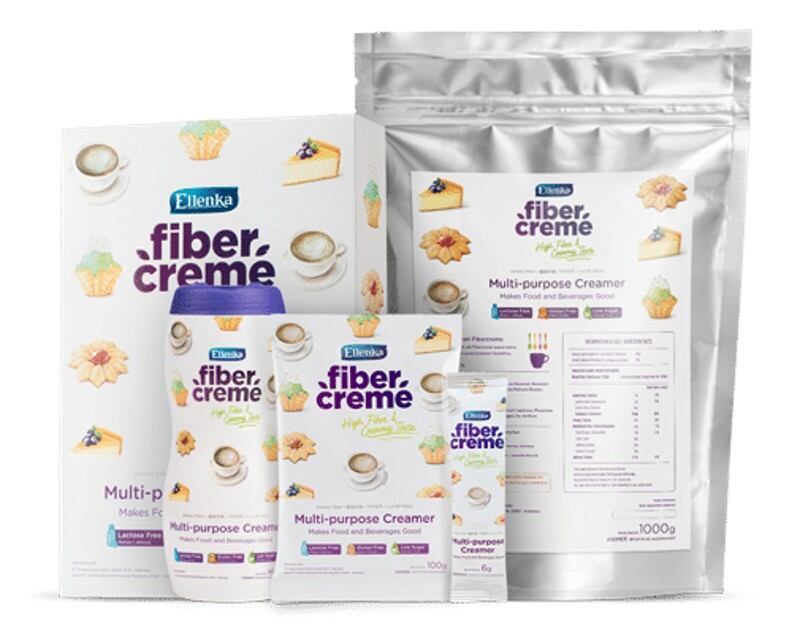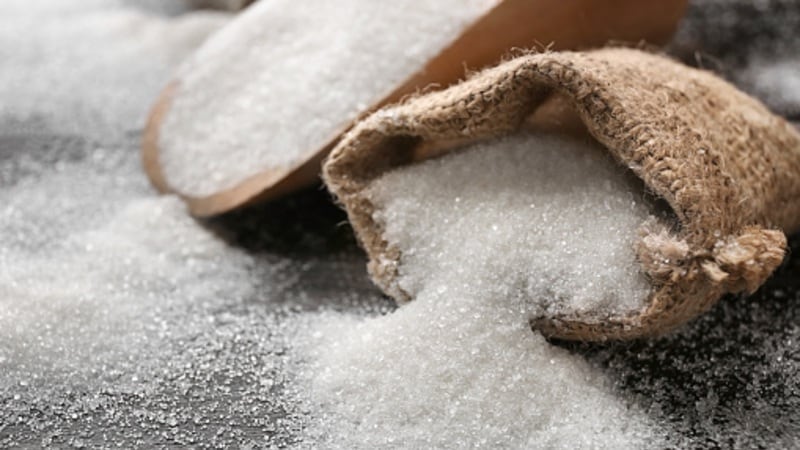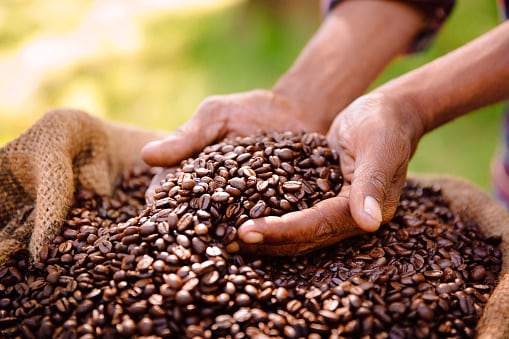Many markets in Asia are very sensitive when it comes to product pricing and taste, even when a novel product comes along that is able to convey greater health benefits.
And Indonesia is no exception to this, which has created difficult challenges for plant-based manufacturers in the region to convert consumers especially when it comes to dairy-free beverages.
“In Indonesia, it is common for consumers to opt away from a healthier option that is right in front of them and available if the price of said product is higher – this is an issue that many manufacturers are facing when trying to sell healthier options, such as plant-based beverages,” local F&B firm PT. Lautan Natural Krimerindo Kevin Aprilio Gani told FoodNavigator-Asia at the recent Food Ingredients Asia show in Bangkok, Thailand.
“Plant-based products do tend to be priced at a premium currently as these are viewed as healthier, and the industry is trying to educate consumers as to the reasons for this, but the issue is compounded if the product we ask them to switch to is not able to deliver the taste they are looking for.
“An example is when it comes to asking them to choose soy or pea milk over dairy milk – a common complaint is a lack of creaminess, not to mention off-taste from the plant-based ingredients, and asking Indonesian consumers to pay extra for something they don’t enjoy definitely will not work.”
The firm has developed a series of creamer products under the Fibercreme brand aiming to solve such issues, made primarily with dietary fibre oligosaccharides from tapioca or cassava, which can provide the strong creamy taste that consumers look for in dairy alternatives.
“In addition to the creamy taste, it is also very low in sugar despite having a natural sweet taste from the fibre making it suitable for diabetics, and its 60% fibre content is also beneficial for the gut,” said Gani.
“We also have university-conducted studies that have shown the product has a positive prebiotics index of 1.42 to 2.00 when compared to inulin control and fructooligosaccharides – making it impactful for gut probiotics.
“The creamy taste also has the dual benefit of masking any off-taste that may be present from plant-based ingredients in the product.”
At present, the company has both dairy and plant-based variants of Fibrecreme, and although it has already established itself with the dairy variant, it now sees the plant-based variant as the real next phase of development.
“The trend is definitely very much towards plant-based,” said Gani.
‘We do see that there are likely to be challenges in terms of cost and education, but this is where the trends are going, and we want to make sure that we don’t fall behind.
“The next big area within this sector is plant-based beverages, which is good for us – as of yet in Indonesia plant-based meats have seen that rise in awareness, but plant-based beverages have not yet seen that hype, so this is likely on its way.”
Hospital food improvements
Fibercreme is known in Indonesia not only for its applications in beverages, but also as a replacement for coconut milk and cream for cooking, especially in healthcare settings.
“A lot of research has shown that food waste in hospitals abounds due to being tasteless and patients being unable to stomach this, which was an area we sought to target,” said Gani.
“Fibrecreme has thus also been used in cooking to replace santan (coconut cream) and dairy applications to improve the taste of the hospital food, which will in turn reduce food waste.
“So we see applications not only for plant-based beverages and hospital catering but also healthier catering and more versatile food service areas.”





